Multilingual Customer Experience Center vs. Traditional Support: Pros and Cons
In today's globalized business landscape, providing exceptional customer support is essential for success. With the rise of international markets, companies face the challenge of catering to diverse linguistic and cultural needs. One solution that has gained prominence is the Multilingual Customer Experience Center, a modern approach to customer support that contrasts with the traditional support model. Let's delve into the pros and cons of both approaches to help businesses make an informed decision about the most suitable customer support strategy.
Pros of Multilingual CXCs
- Extensive Language Support: Multilingual CXCs offer assistance in numerous languages, making them more accessible to a global clientele compared to traditional support centers
- Diverse Workforce: These centers often employ a multilingual and culturally diverse workforce, enhancing the quality of customer interactions and understanding.
- Adaptability to Various Industries: Multilingual CXCs are typically more flexible in catering to different industry-specific needs, offering specialized services that traditional models might not.
- Consistent Quality Across Languages: Due to standardized processes, these centers ensure consistent service quality across all languages and interactions.
- 24/7 Global Support: Multilingual CXCs are often equipped to provide round-the-clock support, accommodating customers across different time zones.
Cons of Multilingual CXCs
- Management Challenges: The complexity of managing a multilingual and diverse team can pose significant challenges, requiring specialized skills and resources.
Pros of Traditional Support
- Simplicity in Management: Traditional support models are often easier to manage due to a more homogenous language and cultural environment.
- Cost Efficiency: With a focus on single-language support and less cultural diversity, traditional support centers can be more cost-effective to operate.
Cons of Traditional Support
- Limited Language Options: These models typically offer support in fewer languages, which can be a significant barrier in today’s globalized market.
- Less Flexibility in Services: Traditional support often lacks the adaptability to cater to various industries, offering a more generic approach to customer service.
- Restricted Support Hours: Often limited to standard business hours, traditional support models may not provide the 24/7 availability required by global customers.
Choosing between a Multilingual Customer Experience Center and traditional support depends on the specific needs and resources of a business. While multilingual support offers a broader reach, enhanced customer satisfaction, and efficient problem resolution, it comes at a higher cost and requires complex management. On the other hand, traditional support methods are cost-effective and straightforward but may limit a company's global expansion and customer satisfaction levels.
Ultimately, businesses need to weigh the pros and cons of each approach and select the one that aligns with their goals, budget, and commitment to delivering outstanding customer experiences. By making an informed decision, companies can create a support system that fosters customer loyalty and fuels business growth in an increasingly diverse and competitive market.
“The times are rapidly changing, flexibility to adopt and flexibility to change is translating to our business model. In these challenging times, we are trying to provide the best of both worlds to our partners and customers.
Although both modern and traditional support have their pros and cons, our goal is to work together to find a tailored solution to the customer's needs. Flexibility gives us the opportunity to pin point the issues and achieve our mutual goals”, says Vojkan Todorovic, Head of Customer Experience Centre (CXC) at GDC Services.
GDC Services stands out in the realm of Multilingual Customer Experience Centers. With our extensive language offerings, including English, German, Russian, Ukrainian, and many others, we bridge communication gaps in customer service. Our experienced team, recruited from top universities in Serbia and the region, brings a unique blend of expertise and cultural understanding. We maintain low retention rates, ensuring consistent quality and knowledgeable support for our clients. At GDC Services, we manage the complexities of multilingual support with ease, making us an ideal partner for businesses looking to expand their global reach while providing exceptional customer experiences.



